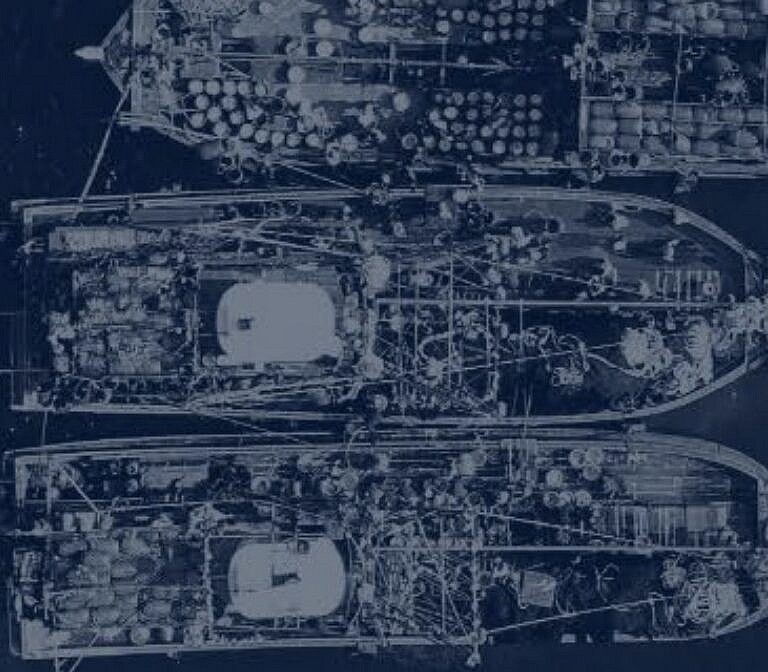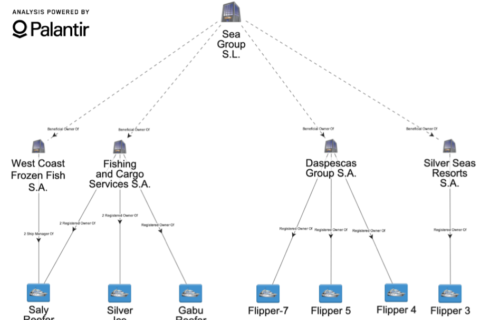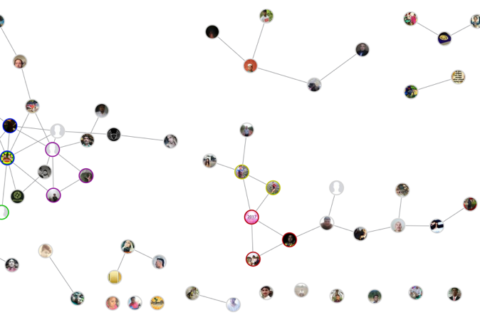Who’s Controlling the Distant Water Squid Fishing Fleet?

In order to better understand squid fishing in the Southeast Pacific Ocean, C4ADS analyzed publicly available Automatic Identification System (AIS) data compiled by Global Fishing Watch (GFW).
Executive Summary #
Over the last decade, heightened demand for squid species has led to a substantial rise in the global harvest of squid by distant water fishing (DWF) vessels. This is especially true in the international waters of the Southeast Pacific Ocean, where jumbo flying squid (a particularly popular squid species) is primarily caught. According to the South Pacific Regional Fishery Management Organization (SPRFMO), the number of vessels identified as harvesting jumbo flying squid in the region has risen almost a hundredfold in the past three decades, from six in 1990 to 575 in 2020. Despite this growth, the SPRFMO did not have any conservation measures in place for squid until 2020, and even now, lacking transparency and beneficial ownership disclosure requirements mean that the people and companies behind the region’s DWF squid fleet remain relatively unknown.
The increase in opaque and unregulated fishing activity on the high seas in the Southeast Pacific could lead to significant negative consequences for artisanal fishermen and coastal states’ seafood industries. For example, jumbo flying squid in the region are targeted by DWF vessels on the high seas, outside the exclusive economic zones (EEZs) of coastal countries. As a result, these vessels are well-positioned to evade coastal enforcement operations against labor abuses and IUU fishing, as well as conservation and management measures implemented by coastal states, such as limitations of fishing capacity, area closures, and bycatch regulations. This poses serious challenges for effective and sustainable management of jumbo flying squid fisheries, since squid often migrate between highly regulated coastal waters and the high seas. For this reason, understanding who is involved in unregulated squid fishing is a crucial first step toward ensuring more ethical and sustainable fishing.
In order to better understand squid fishing in the Southeast Pacific Ocean, C4ADS analyzed publicly available Automatic Identification System (AIS) data compiled by Global Fishing Watch (GFW). The data revealed at least 707 squid fishing vessels that had emitted AIS signals in the region between 2015 and 2020. To identify potential illicit activity, we prioritized 140 squid fishing vessels whose AIS transmissions demonstrated irregular fishing activity, including transmission gaps over 24 hours, the reporting of false locations, or the use of multiple Maritime Mobile Service Identities (MMSIs). We then analyzed the vessels’ ownership and past behavior, including any alleged incidents of forced labor or IUU fishing. Our analysis revealed four primary findings:
- The majority (95%) of the 140 vessels were flagged to China.
- There was significant overlap between the vessels’ ownership networks, with over 60% of the vessels directly owned by just 16 companies.
- The registered owners of 25 vessels were either linked to or ultimately owned by Chinese state-owned enterprises.
- Sixteen of our vessels or companies of interest have a history of regulatory non-compliance, including instances of forced labor and IUU fishing.





